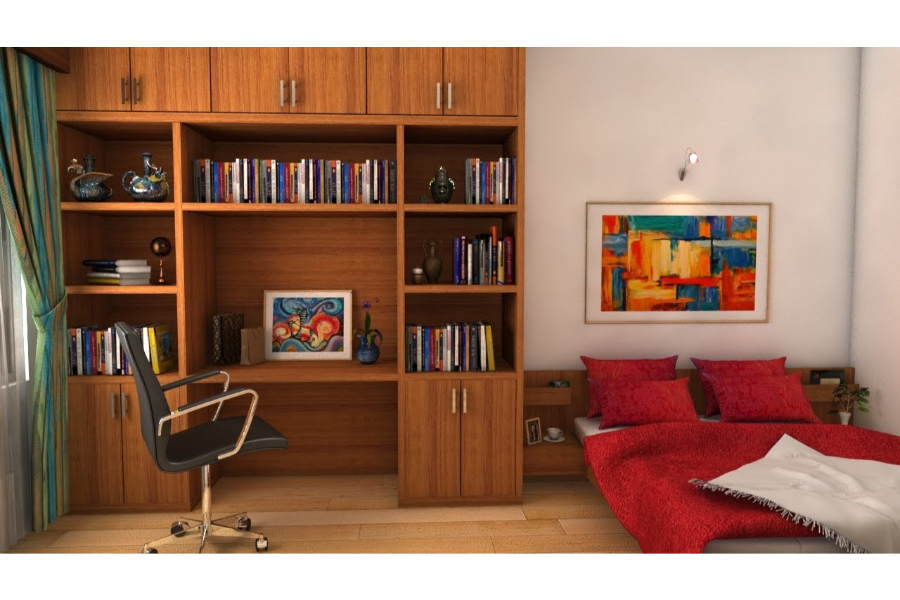In recent years, news has reported on the change of development emphasize in Victoria, Australia. Notably, many suggested a shift from the overwhelmed east to the “wild west”. And there are actual and fast development in the west side as well. Does that sound the dying bell for the Melbourne East?
First, let’s look into the reason to expand to the west. The east of Melbourne has been developing constantly. From Doncaster and Box Hill to Glen Waverley, it’s filled with residential and commercial buildings. Recent new developments, like Aurum by Sightstone, is at Cranbourne already. At the very tip of the metropolitan train line, the east is starting to lack of space.
Considering the travel from Melbourne CBD to Cranbourne is an hour and some more, the time is getting out of the comfort zone. But the west side of Melbourne is not lacking transportation options. With a wide plain of land, the west seems a much better option to expand and cope the increasing population.
Almost most of the concern is placed on the end of the metropolitan train line leading to Geelong. Werribee and the nearby surrounding were being mentioned multiple times as the next spotlight of development in Victoria. Also, plans and development are taking place at Werribee East, Point Cook, Hoppers Crossing and Williams Landing.

However, it is not all rise and shine for the Melbourne West. The Werribee line is at the max of its capacity every morning. Despite major employment clusters, like the existing Monash Cluster in the East, are being developed in the west, it is not free of problems.
Without a skilled population like the east, enterprises and companies are less willing to set up new offices at the west. And the packed trains also meant the CBD population are not likely to enjoy the morning commute to the west. Neither does the lack of amenities, including restaurants, medical care and schools, encouraging for a house moving.
The east is not free of problems as well. The overwhelming population meant the traffic is getting worse in the east day after day. Daily commute into and out of the CBD from the east is full of stuffed trains and mile-long traffic.
What’s more alarming for the east is the stand-still property price. Despite the fall after the price boom, properties in the east is still substantially higher than other parts of Melbourne. The lack of housing supply in the inner east is not helpful as well.

But the east is not lacking new development. Other than revitalization and reuse, new property development are situated on the brim of the east, including Oakleigh and Clyde. With off-the-plan selling, the price of the properties is being limited to a more reasonable level.
In spite of the distance to CBD, the established employment clusters in the east offers working and leisure opportunities for these outer east residents. For a less crowded lifestyle, these new developments might be an even better option if you are not looking for a vibrant nightlife.




